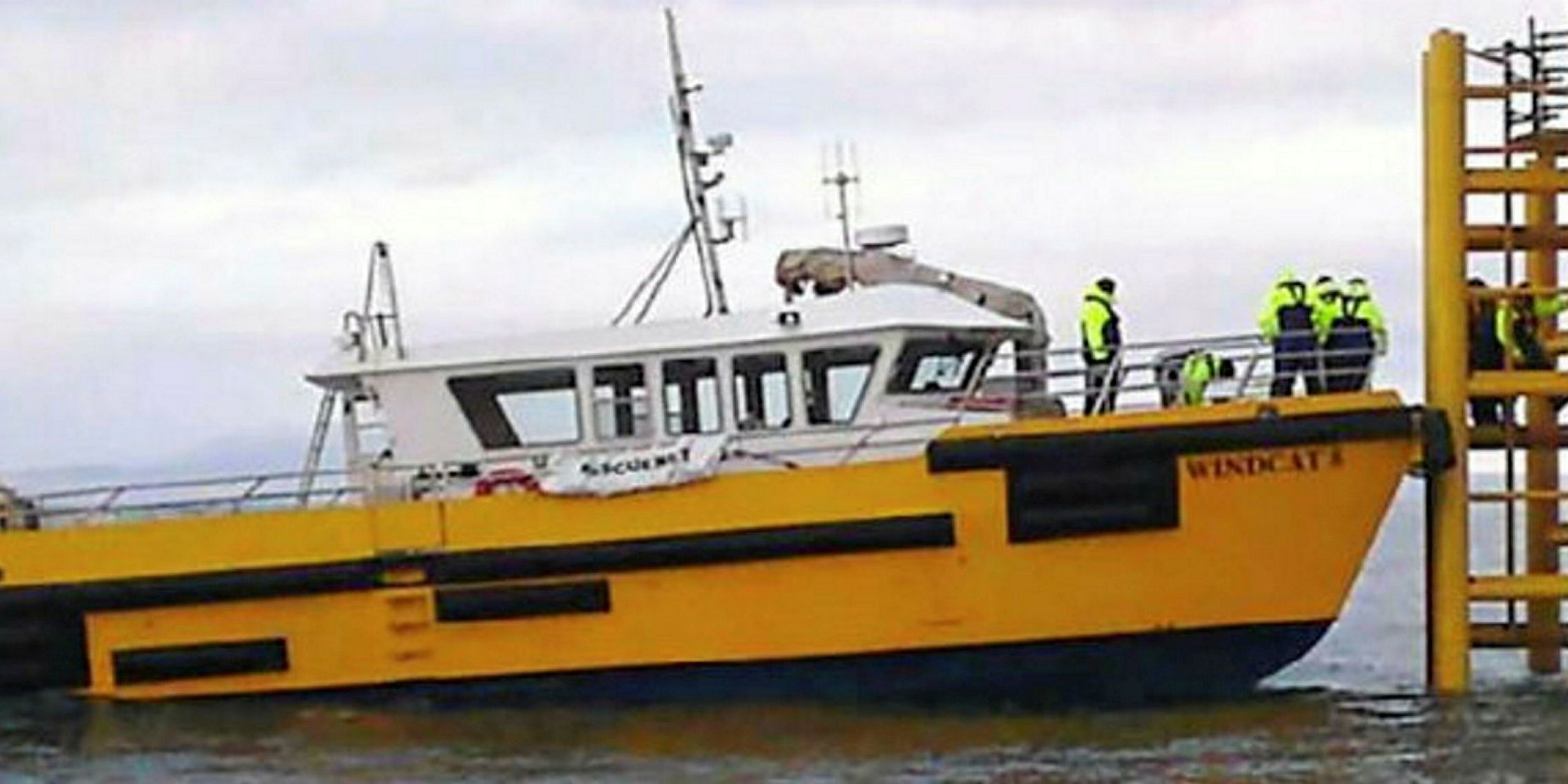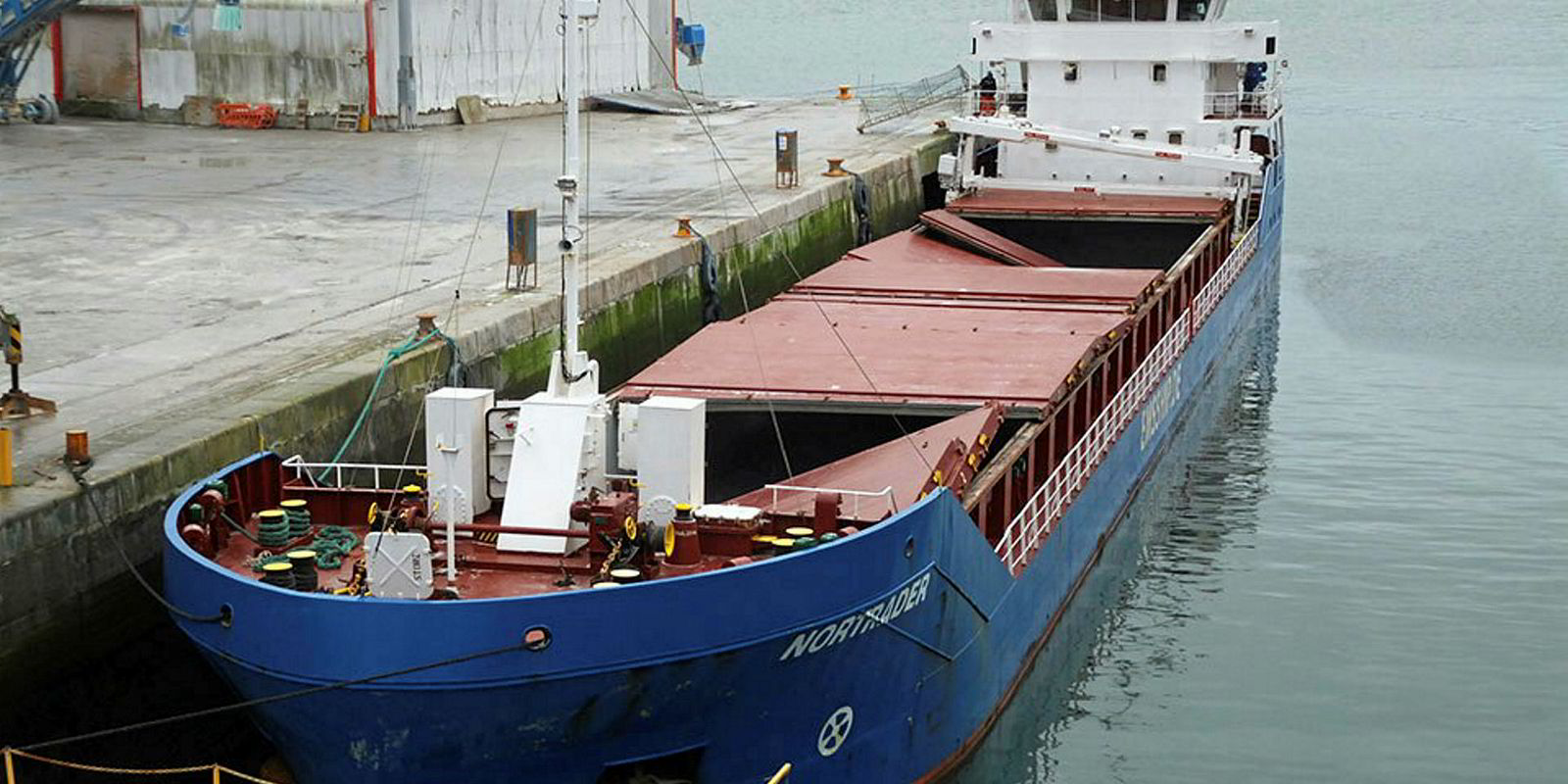An accident probe has found that a component failure was to blame for a "catastrophic" engine failure on a crew transfer vessel off the UK last year.
The 26-gt Windcat 8 (built 2007) was heading to Grimsby from the Lynn Wind Farm in the North Sea on 7 September, with two crew and eight windfarm technicians on board.
Shortly after setting off, the vessel’s port engine suffered catastrophic damage and caught fire, the Marine Accident Investigation Branch (MAIB) said.
The passengers were quickly transferred on to another ship and the fire was contained within the port engine space and soon extinguished.
Windcat 8’s port engine was badly damaged and the vessel was towed to Grimsby. There was no pollution and no injuries.
The fixed firefighting system was operated, but it was ineffective because not all the engine space vents had been closed, MAIB said.
Engine stopped
The master had seen from the closed-circuit television (CCTV) monitor that the port engine was alight.
In response, he stopped the starboard engine, shouted that there was a fire, instructed the deckhand to close down the port engine space and activate its fire extinguishing system.
He also stopped the ventilation fans servicing the port engine space and told the eight technicians to prepare for evacuation.
MAIB found that the damage to the port engine was caused by the failure of a big-end shell bearing.
"The initial high oil temperature alarm prior to the engine failure warranted a more cautious approach until a deeper technical investigation could be conducted," it added.
The fire resulted from the ignition of oil vapour released from the damaged engine.
Operator Windcat Workboats has instructed crews on board vessels fitted with Volvo Penta D16 engines to stop the affected engine when a high oil temperature alarm activates, and not to restart until the reason for the alarm has been determined.
It has been asked by MAIB to provide training and guidance on the action to be taken for all critical propulsion alarms.





